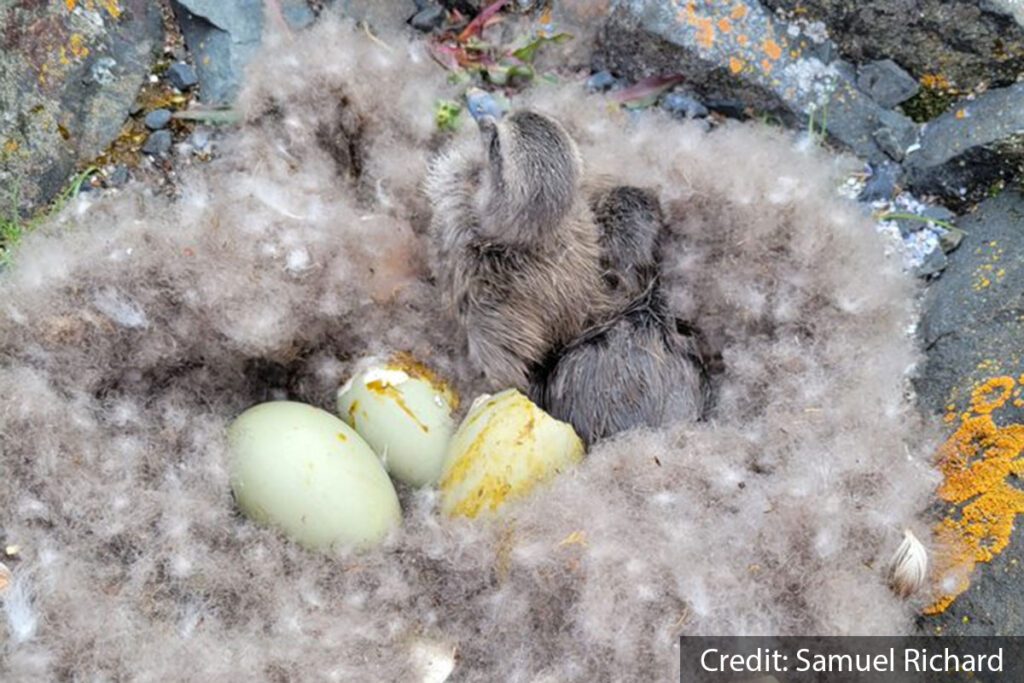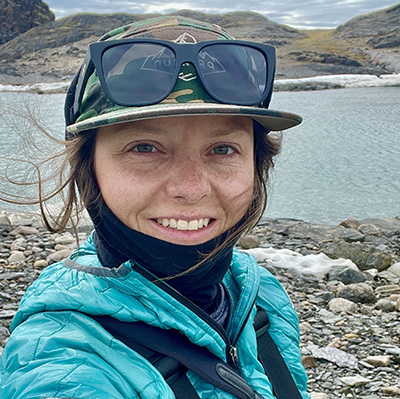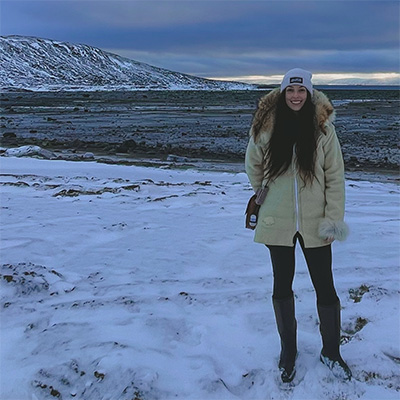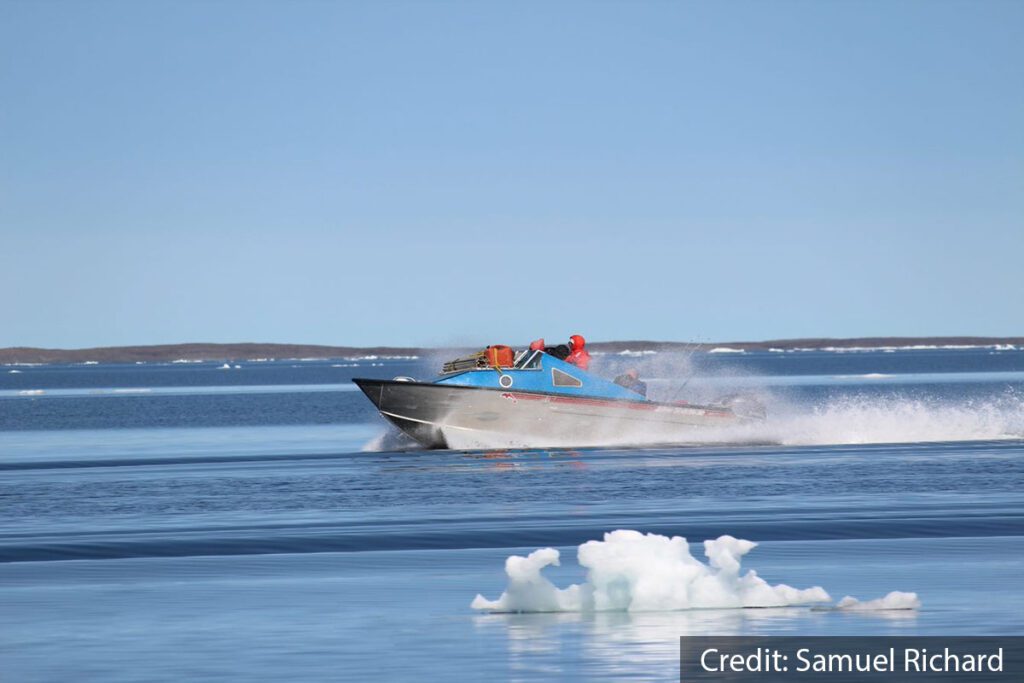Project Overview

Collaboration with local Inuit communities has been key to the success of ECCC coastal surveys. Ecological knowledge of eiders and their marine environment as well as the navigation skills of Inuit hunters have contributed greatly to the design, safety, productivity, and efficiency of the surveys. Moreover, Inuit communities are often interested in participating because of their reliance on seabirds as an important source of food. This is a key reason why local Inuit made up the majority of the survey field crews over the years.
With this project, we aim to identify key areas of misalignment in expectations and ways of doing between Inuit and government scientists when conducting collaborative research. Looking at these points of disagreement and gathering perspectives from both Inuit and government research partners, we want to present practical lessons learned over decades of eider monitoring partnerships. By reflecting on and sharing what was learned over more than 60 years of collaboration, we hope to strengthen collaborative efforts related to environmental monitoring in the North.
Project Objective
1. Identify key areas of misalignment in expectations and ways of doing between Inuit and government scientists and ways to mitigate them.
2. Offer on-the-ground experiences and lessons learned of collaborative research between Inuit and government scientists
Project Team
Other Collaborators: Holly Hennin









